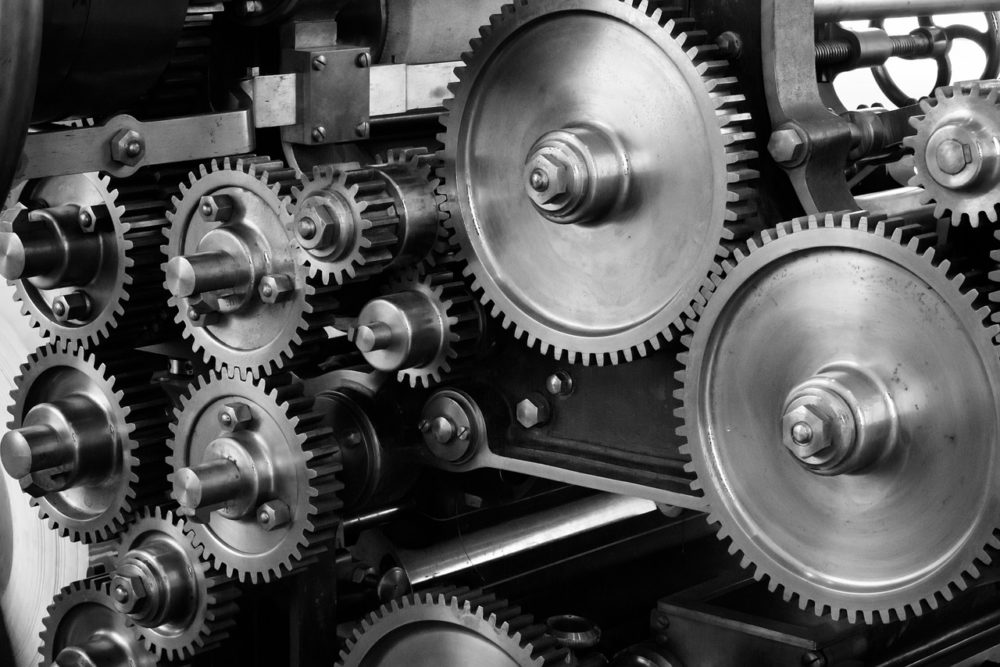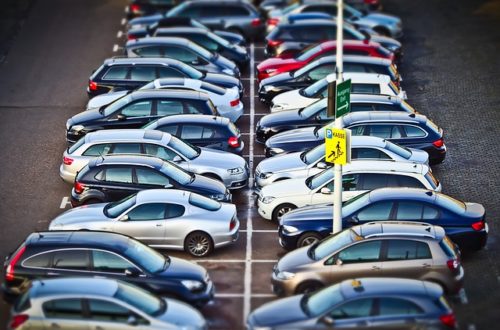Different Types and Causes of Wear in Various Industries and How to Solve It

If you are employing people, supervising people, or doing the actual operation of industrial machinery, then you are well aware of countless wear and tear issues that most industrial companies struggle with. Regardless if your business uses variable geared motor units, speed belts, parallel shaft boxes or any kind of industrial machinery, you have no doubt encountered many problems. But even if your pieces of machinery and equipment are perfectly functioning, it is crucial to be aware of the most likely potential issues that will affect different forms of industrial machinery in advance.
Most of the equipment used in running an industrial facility will have experienced a certain degree of wear and tear. This could affect the business because of the downtime the pieces of machinery will require for repairs. In some cases, the downtime is due to some parts that do not need repair but replacement. In this article, we list the major causes of industrial wear. We also include several ways to prevent industrial wear or at least slow down or minimize wear.
Types and Causes of Wear
Friction
Frictional wear happens because of the energy created by the continued motion between a couple of adjoining surfaces. It typically manifests in linear grooves developed by the countering contact. Although one of the least damaging causes included on this list, friction can cause fatal damages if left unchecked for a long time.
Heat
The softening of metal parts is usually a manifestation of wear and tear caused by high temperatures. Also, a noticeable degradation of the properties of the material exacerbates other forms of wear like erosion and abrasion.
Abrasion
Abrasive wear could occur when any moving surface contacts another surface. It begins to become a major issue when a larger and more solid material makes contact with a softer one. Abrasion could happen with two similar hard surfaces.
Erosion
Erosive type of wear takes place when smaller parts are impressed on a larger surface and progressively removes small fragments of the bigger surface material because of a continuous momentum effect.
Cavitation
Cavitation is the rapid formation and eventual collapse of tiny pockets of air or vapor in a flowing liquid in locations with extremely low pressure. It is the usual cause of structural damage on machinery with pumps and propellers.
Impact Damage
Impact wear happens when a solid surface consistently impacts on another solid surface. This results in the material’s progressive degradation. This happens even if the involved parts are made to withstand this type of impact.
Corrosion
Corrosive wear could be very dangerous and is usually caused by the degradation of the surface of the material because of an adverse reaction to something that is foreign in its setting. This includes leaking water or chemicals.
How to Prevent Wear
The wear of materials in machinery and equipment used in various industries could cause serious problems. Equipment and machinery that come in contact with even the mildest abrasive substances are subject to wear. Eventually, this will require repair and later replacement. In the forestry industry, sand and dirt brought by incoming logs cause equipment wear. In the agriculture industry, pieces of machinery and equipment that come in contact with the soil are subjects to serious wear issues, the same goes for the types of machinery and equipment used in the mining industry.
In most industries, wear caused by abrasion is a major and complex problem. Other issues that cause wear includes impact, scuffing, erosion, fretting, rolling, and galling. In the most extreme conditions, tools equipped with diamond composite or inserts like carbide, tungsten, or cobalt are utilized to prolong the lifespan of the machinery. Interestingly, many industries today are embracing and integrating wear technology in their operations.
Wear technology focuses on introducing and pushing the most fitting and groundbreaking concepts of material science into heavy industrial processing and bulk material handling facilities. The main goal of wear technology is to minimize or reduce the downtime of the machinery and equipment in facilities and decrease ownership costs. It also aims to increase the safety, profitability, functionality, and performance of facilities.
Conclusion
To sum up, industrial operations often face wear and tear challenges, affecting machinery and productivity. This article highlighted causes like friction, heat, abrasion, erosion, cavitation, impact, and corrosion. Preventive measures are crucial. Wear technology, utilizing material science advancements, is being embraced by industries to enhance machinery lifespan, reduce downtime, and improve efficiency and profitability.
FAQs
What are different types of wear?
The different types of wear are friction, heat, abrasion, erosion, cavitation, impact, and corrosion.
What causes abrasive wear?
Abrasive wear occurs when harder surfaces rub against softer ones, leading to material removal through mechanical abrasion. This is often caused by the presence of solid particles or rough surfaces that create friction and wear down the softer material.
What does mechanical wear mean?
Mechanical wear refers to the gradual degradation of materials due to the physical interaction and relative motion between two or more solid surfaces.
Would you like to receive similar articles by email?





